Home>Ideas and Tips>Home Theater Acoustics Improvement with Sound Absorption Techniques
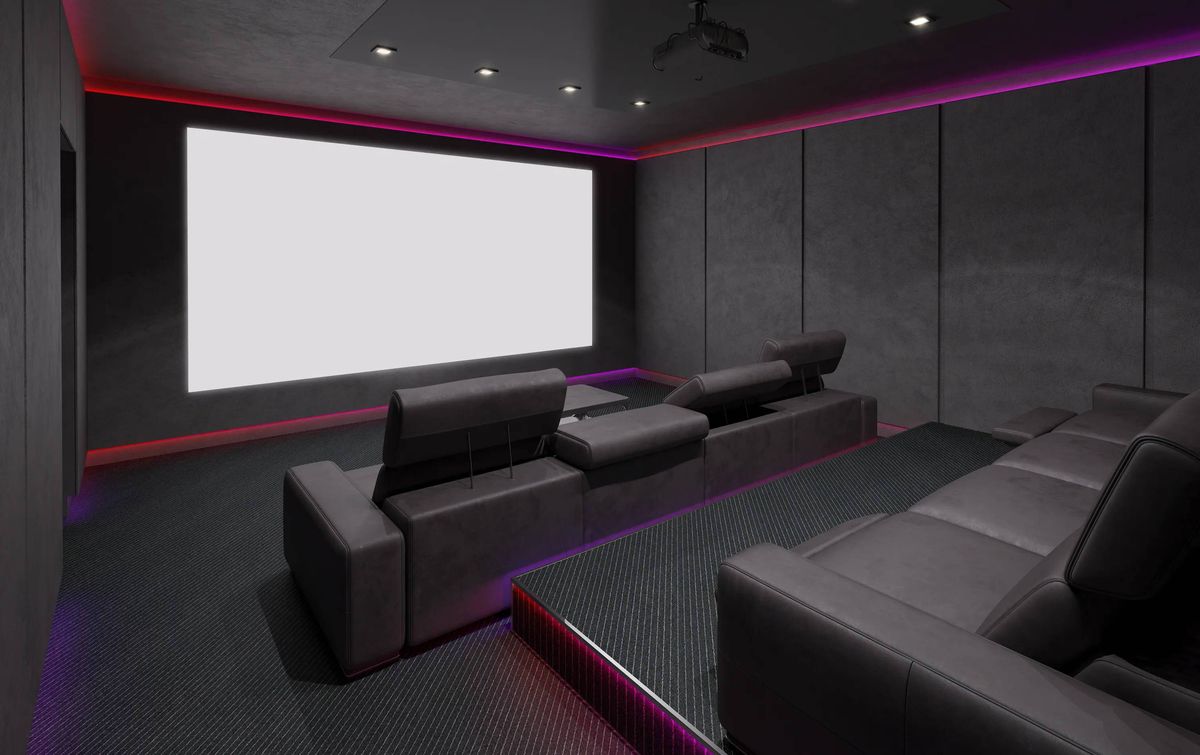

Ideas and Tips
Home Theater Acoustics Improvement with Sound Absorption Techniques
Published: September 2, 2024
Enhance your home theater experience with sound absorption techniques. Learn how to reduce echo and improve acoustics for immersive audio.
(Many of the links in this article redirect to a specific reviewed product. Your purchase of these products through affiliate links helps to generate commission for Storables.com, at no extra cost. Learn more)
Creating an optimal home theater experience isn't just about the visual quality of the screen or the clarity of the audio system; it also heavily depends on the acoustics of the room. Poor acoustics can lead to echo, reverberation, and a generally unpleasant viewing experience. In this article, we'll delve into the world of sound absorption techniques and explore how you can improve the acoustics of your home theater to create a more immersive and enjoyable experience.
Understanding Acoustics
Sound waves are created by vibrations, and when these vibrations hit a surface, they bounce back and create echoes. The time it takes for these echoes to fade away is known as reverberation time, which is crucial for maintaining clear speech and sound quality. So, how do you tackle this? By understanding the factors affecting acoustics.
Factors Affecting Acoustics
Several factors contribute to the acoustics of a room, including:
- Materials: Different materials absorb sound at different frequencies. For example, carpets are effective at absorbing mid-to-high frequency sounds, while acoustic panels are designed to absorb a broader range of frequencies.
- Geometry: The shape and size of the room can significantly affect how sound waves bounce around. Irregular shapes and corners can create more reflections, leading to poorer acoustics.
- Furniture and Decor: Furniture and decorative items can either help or hinder acoustics. Placing furniture strategically can create irregularities on walls that help absorb sound, while certain types of furniture can reflect sound waves.
- Ceiling Treatment: The ceiling is a critical component in controlling reverberation. Acoustic ceiling tiles and baffles are designed to absorb sound waves before they bounce back into the room.
Sound Absorption Techniques
Improving the acoustics of your home theater involves several sound absorption techniques that can be applied using various materials and strategies.
1. Acoustic Panels
Acoustic panels are one of the most effective ways to improve sound absorption in a room. These panels typically consist of a core material such as mineral wool or foam, which is wrapped in fabric or other materials to enhance their aesthetic appeal. The core material is designed to dissipate sound waves quickly, reducing echo and reverberation.
Types of Acoustic Panels:
- Wall-Mounted Panels: These are placed directly on walls to absorb sound waves that hit them.
- Ceiling-Mounted Panels: These are installed on ceilings to catch sound waves before they bounce back into the room.
- Portable Panels: These can be moved around the room to target specific areas where sound absorption is needed.
Choosing the Right Acoustic Panels:
When selecting acoustic panels, consider the following factors:
- Frequency Response: Different materials absorb different frequencies. For example, mineral wool is effective at absorbing mid-to-high frequencies, while fiberglass is better at absorbing low frequencies.
- Size and Shape: Larger panels can cover more surface area, but smaller panels can be more effective in specific areas where sound absorption is needed.
- Aesthetic Appeal: While functionality is crucial, acoustic panels also come in various designs and colors to match your home decor.
2. Sound Absorber Ceiling Tiles
Ceiling tiles are another essential component in improving room acoustics. These tiles are designed to absorb sound waves that hit them, reducing reverberation and echo.
Types of Ceiling Tiles:
- Fabric-Wrapped Tiles: These tiles have a fabric cover that enhances their aesthetic appeal while maintaining their sound-absorbing properties.
- Foam Tiles: These tiles use foam as the core material and are often less expensive than fabric-wrapped tiles.
- Baffle Systems: These systems consist of a series of baffles that direct sound waves towards the absorptive material, creating a more efficient absorption process.
Installing Ceiling Tiles:
When installing ceiling tiles, ensure they are evenly spaced and securely fastened to prevent them from shifting over time. It's also important to consider the type of ceiling you have; for example, drop ceilings may require specialized installation methods.
3. Furniture Placement
Furniture placement plays a significant role in improving acoustics. Strategically placing furniture can create irregularities on walls that help absorb sound waves.
Tips for Furniture Placement:
- Place Furniture Away from Walls: Placing furniture at least a short distance from walls can help reduce vibration and improve sound absorption.
- Use Soft Furnishings: Adding soft furnishings like curtains and carpets can help absorb sound waves.
- Create Irregularities: Placing bookshelves or other irregularly shaped furniture can create more surface areas for sound absorption.
4. Seating Arrangement
The seating arrangement in your home theater can also impact acoustics. Placing seating in a way that reduces reflections and improves sound absorption is crucial.
Seating Arrangement Tips:
- Use Sound-Absorbing Materials: Place sofas and other seating on carpets or rugs surrounded by sound-absorbing materials like acoustic panels.
- Position Seating Strategically: Positioning seats away from walls and corners can help reduce reflections and improve sound absorption.
- Add Sound-Absorbing Panels: Placing sound-absorbing panels behind or beside seating areas can further enhance sound absorption.
Additional Tips for Improving Acoustics
While sound absorption techniques are crucial, there are several additional tips you can follow to improve the acoustics of your home theater:
1. Minimize Reflections
Minimizing reflections is essential for maintaining clear sound quality. Here are some tips:
- Use Acoustic Curtains: Curtains can help absorb sound waves that hit them, reducing reflections.
- Add Bass Traps: Bass traps are specifically designed to absorb low-frequency sounds that can cause reflections.
- Use Diffusers: Diffusers help scatter sound waves in different directions, reducing reflections.
2. Control Background Noise
Background noise can significantly impact the overall acoustics of a room. Here are some tips for controlling background noise:
- Seal Gaps and Cracks: Ensure that all gaps and cracks in walls, floors, and ceilings are sealed to prevent sound from escaping or entering the room.
- Use Mass Loaded Vinyl: Mass loaded vinyl is a material that can be applied to walls and ceilings to reduce sound transmission.
- Install Door Seals: Door seals can help prevent sound from entering or leaving the room through doors.
Improving the acoustics of your home theater is a multi-faceted process that involves understanding the basics of sound behavior in a room and applying various sound absorption techniques. By using acoustic panels, sound absorber ceiling tiles, strategically placing furniture, and controlling background noise, you can create an optimal environment for an immersive viewing experience. Remember that every room is unique, so it may take some trial and error to find the right combination of techniques that work best for your specific space.
References
- Cucharero, J., Hänninen, T., & Lokki, T. (2019). Influence of Sound-Absorbing Material Placement on Room Acoustical Parameters. Acoustics, 1(3), 644-660. doi: 10.3390/acoustics1030038
- Acoustic Supplies. (n.d.). How To Improve The Acoustics Of A Room. Retrieved from https://www.acoustic-supplies.com/how-to-improve-the-acoustics-of-a-room/
- Acoustical Surfaces. (n.d.). Classroom Acoustics: How to Soundproof a Classroom. Retrieved from https://www.acousticalsurfaces.com/soundproofing_tips/html/crashcourse.htm
- Payette. (2018). The Materiality of Sound Absorption. Retrieved from https://www.payette.com/research-innovation/the-materiality-of-sound-absorption/
- University of Oregon. (n.d.). Introduction to Acoustics. Retrieved from https://pages.uoregon.edu/ftepfer/SchlFacilities/AcousticsIntro.html
Was this page helpful?
At Storables.com, we guarantee accurate and reliable information. Our content, validated by Expert Board Contributors, is crafted following stringent Editorial Policies. We're committed to providing you with well-researched, expert-backed insights for all your informational needs.
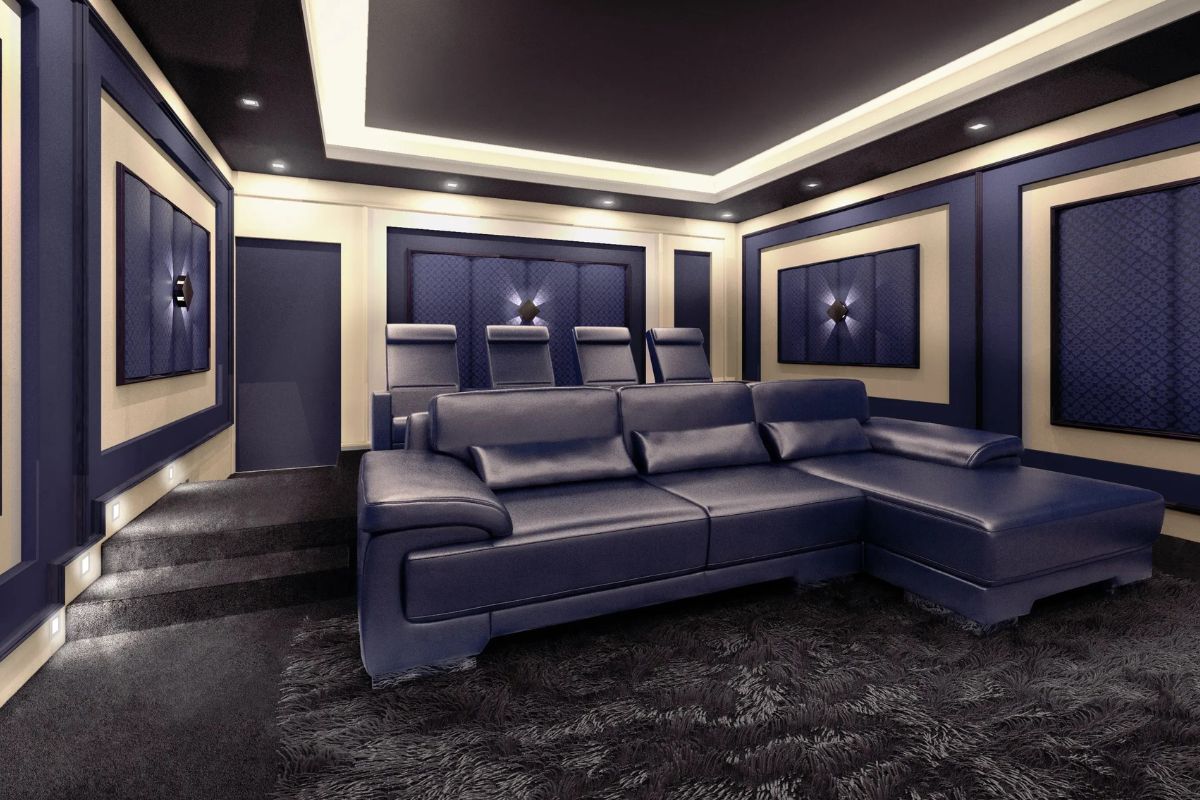
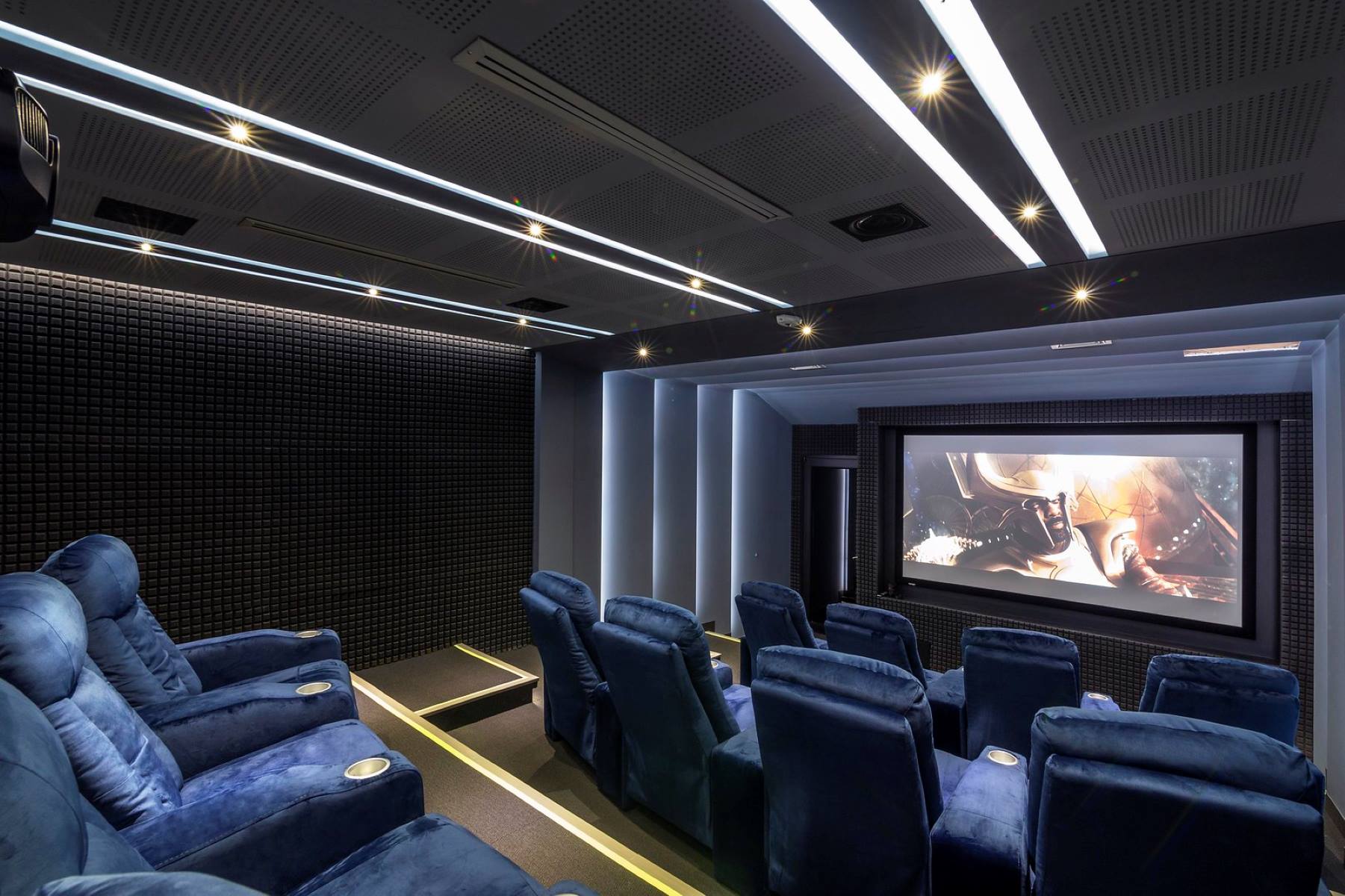
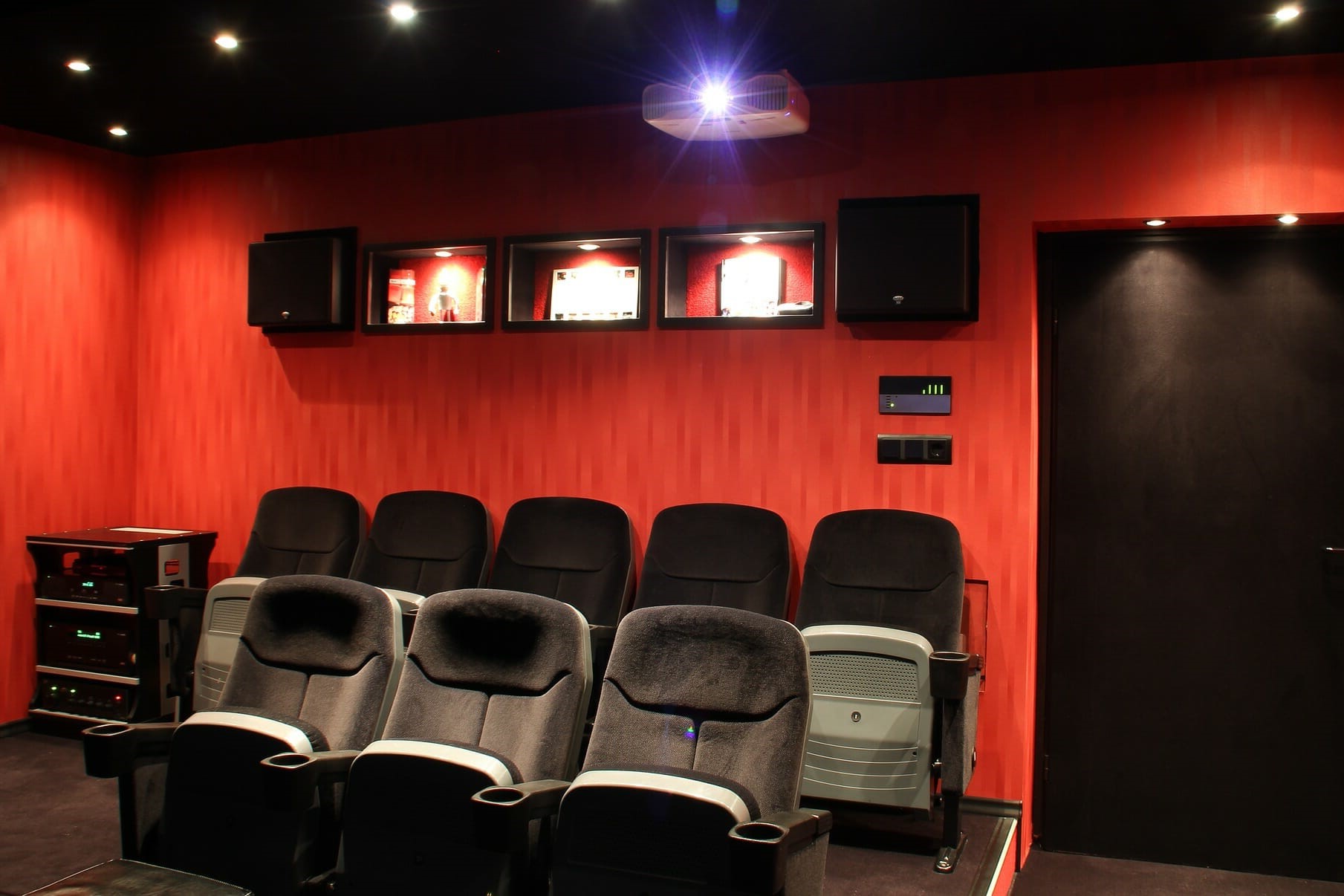
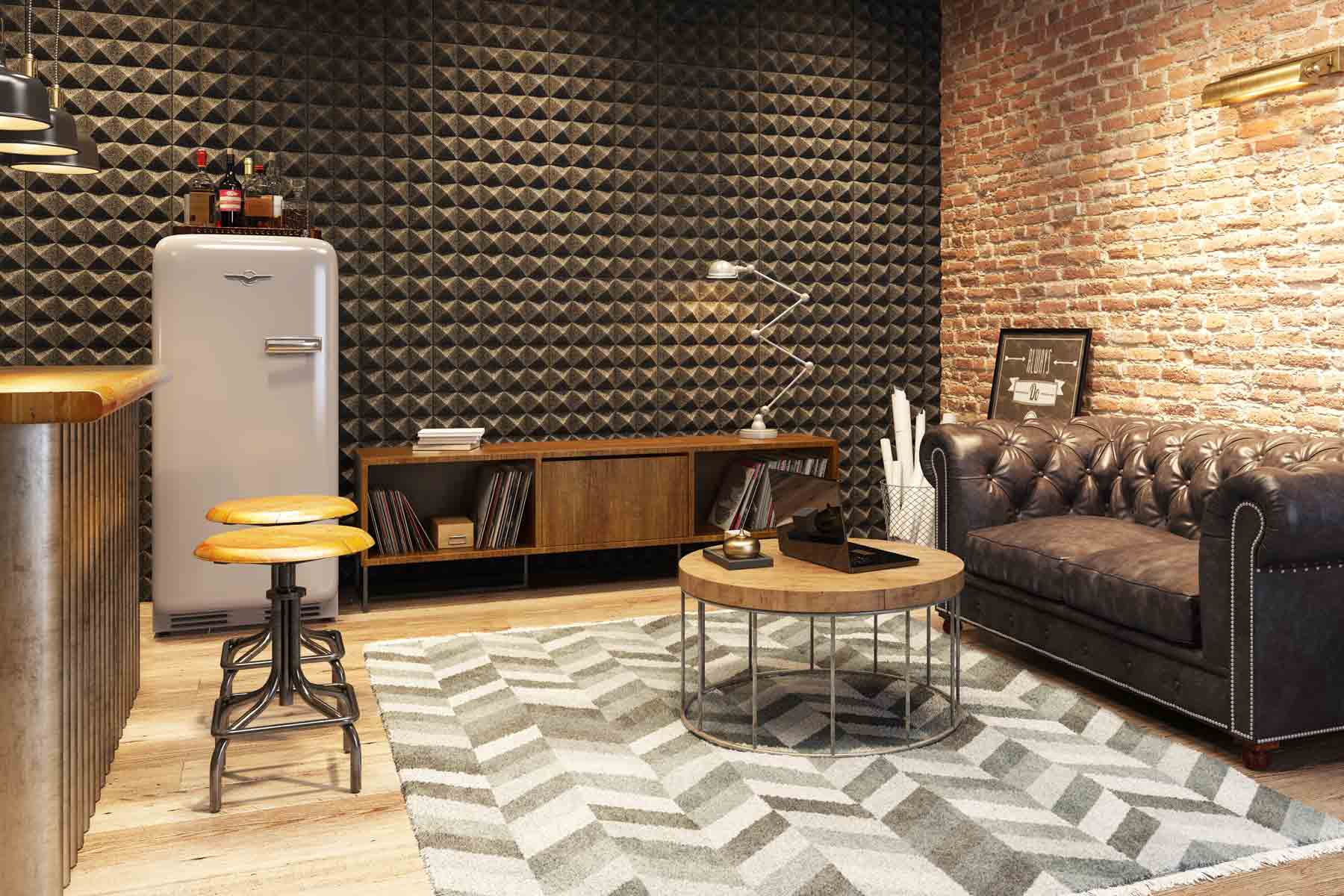
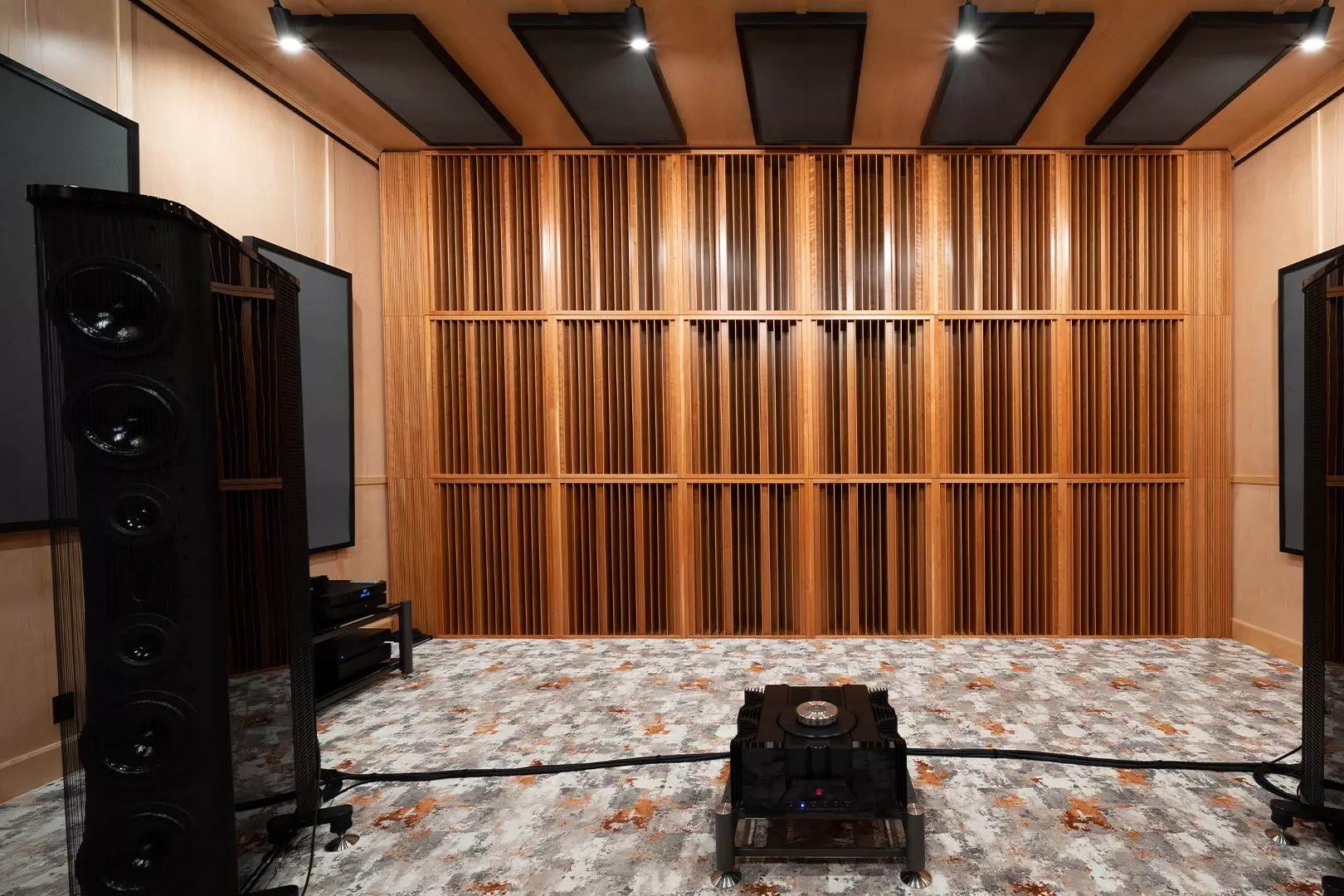
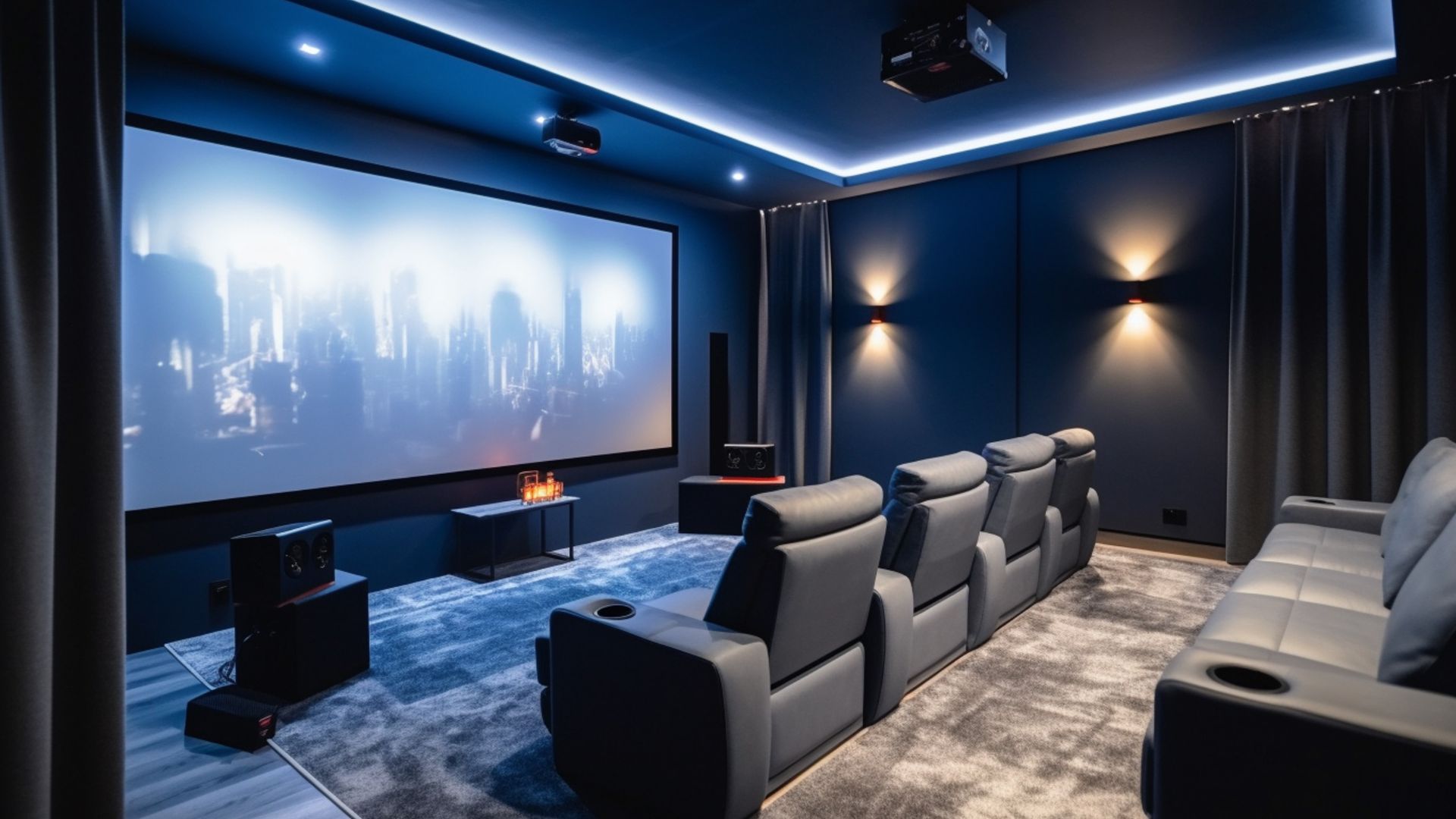
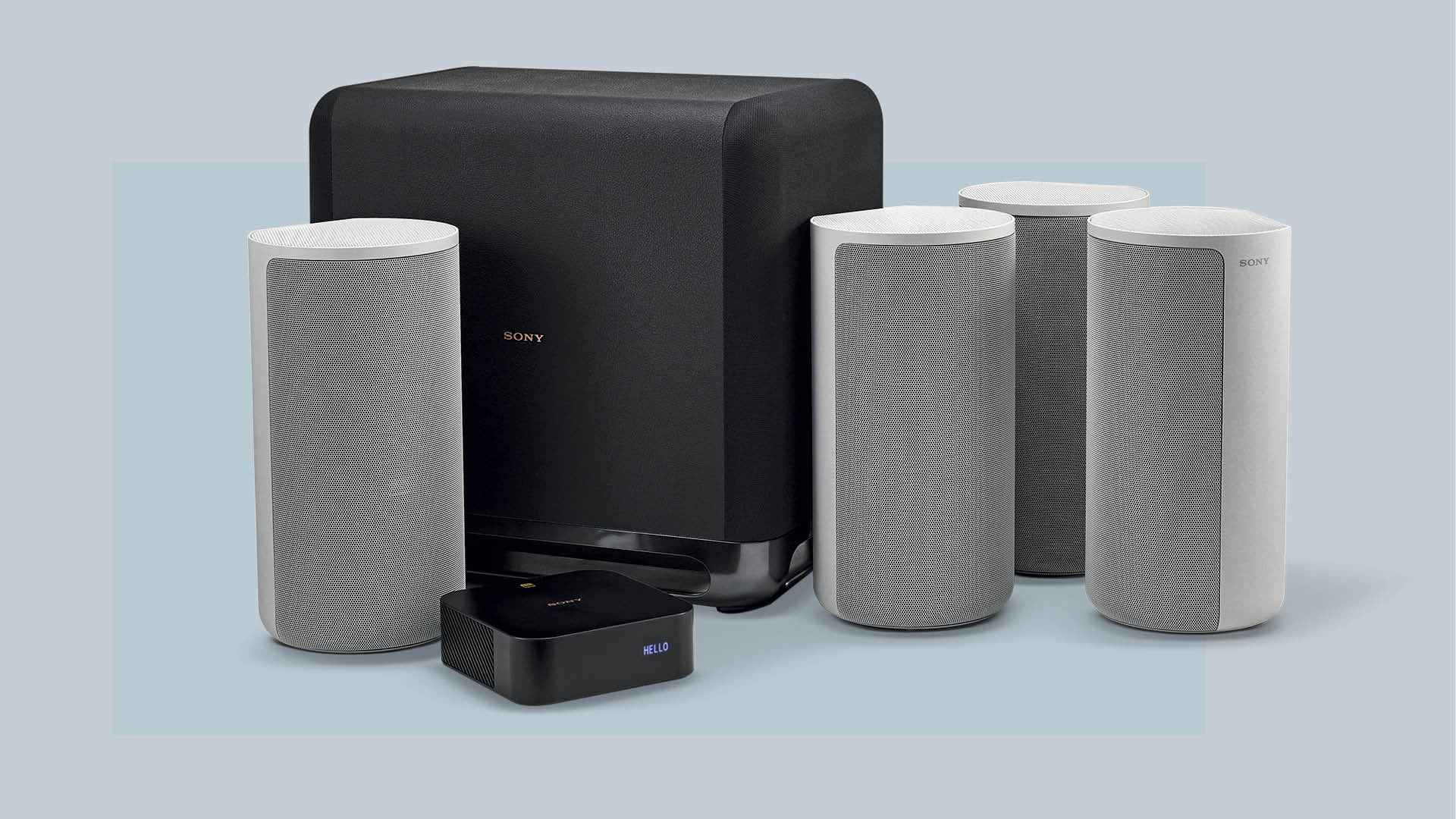
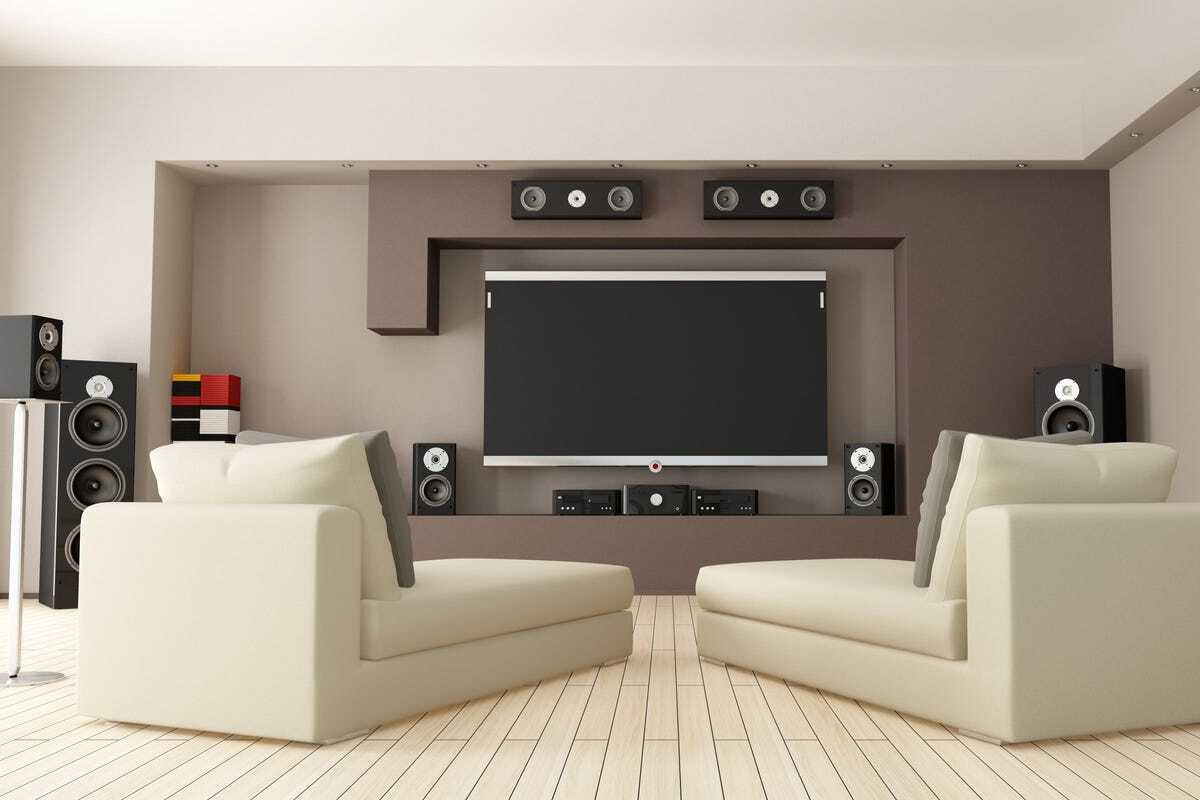
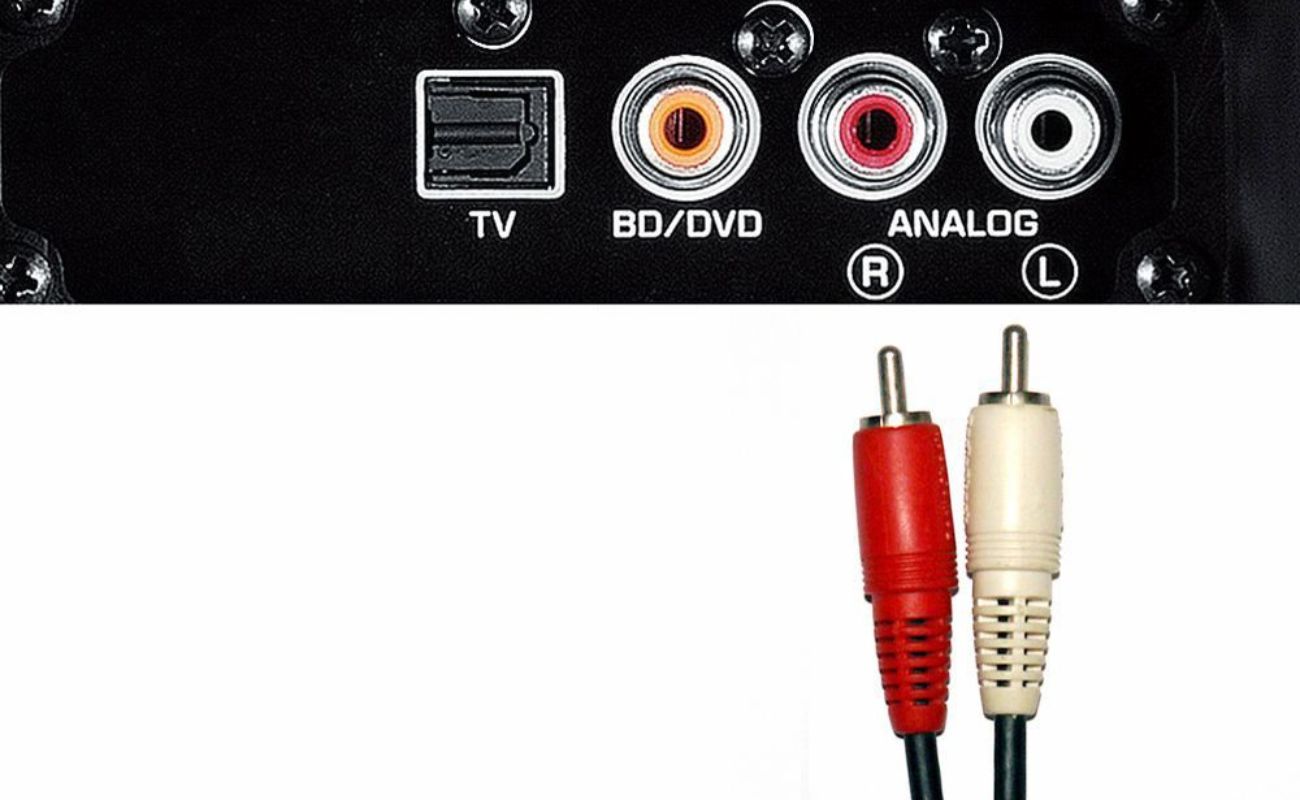
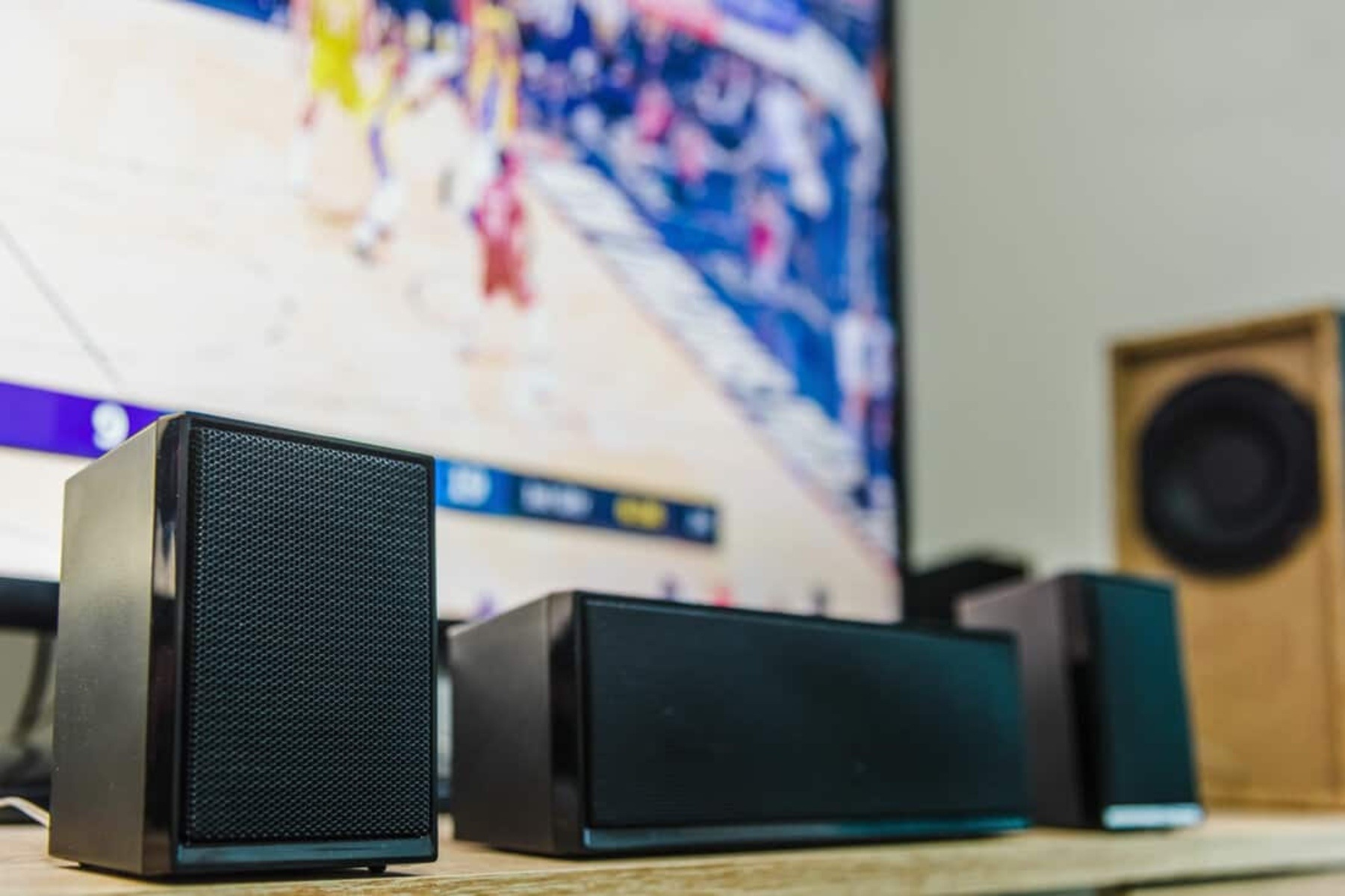

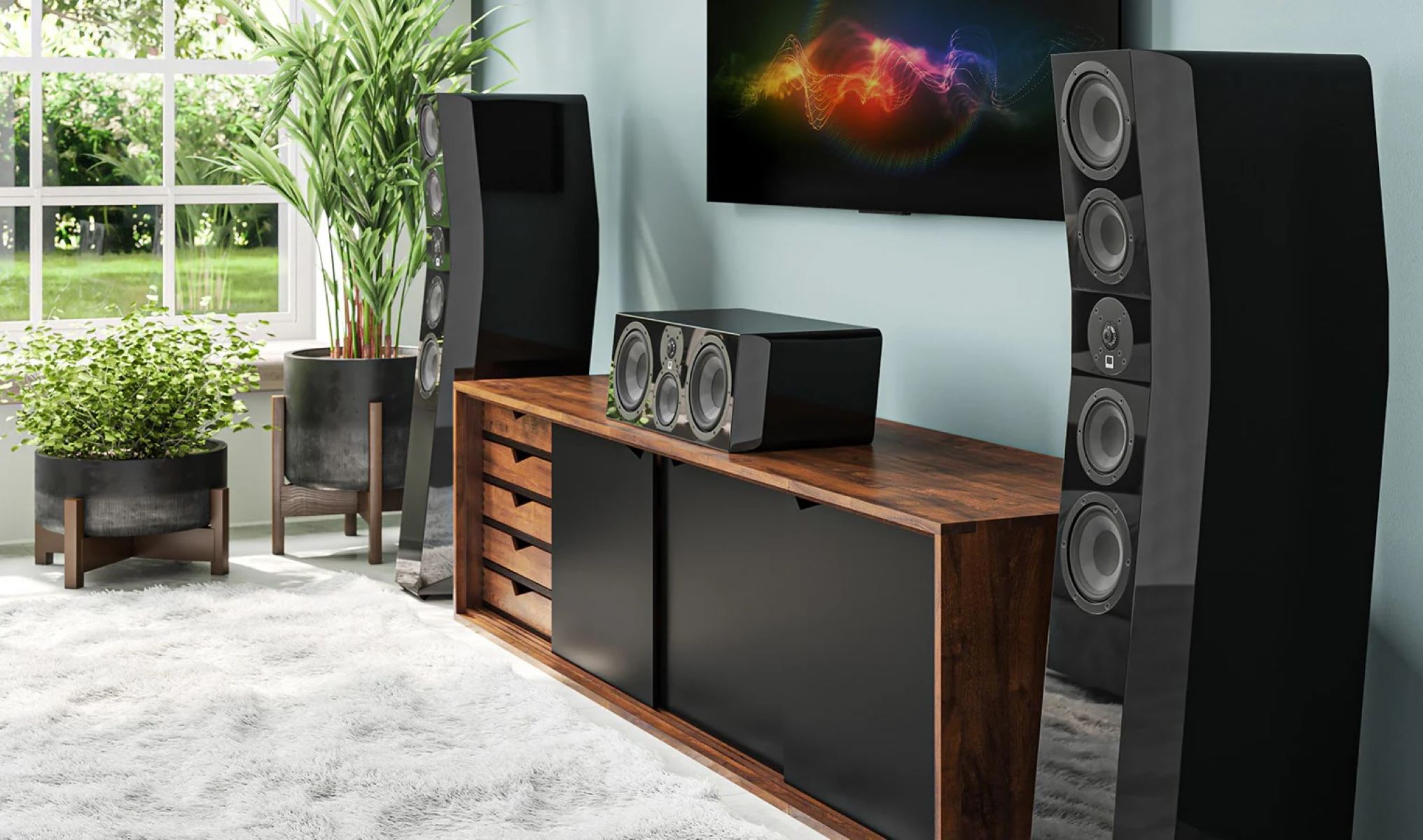
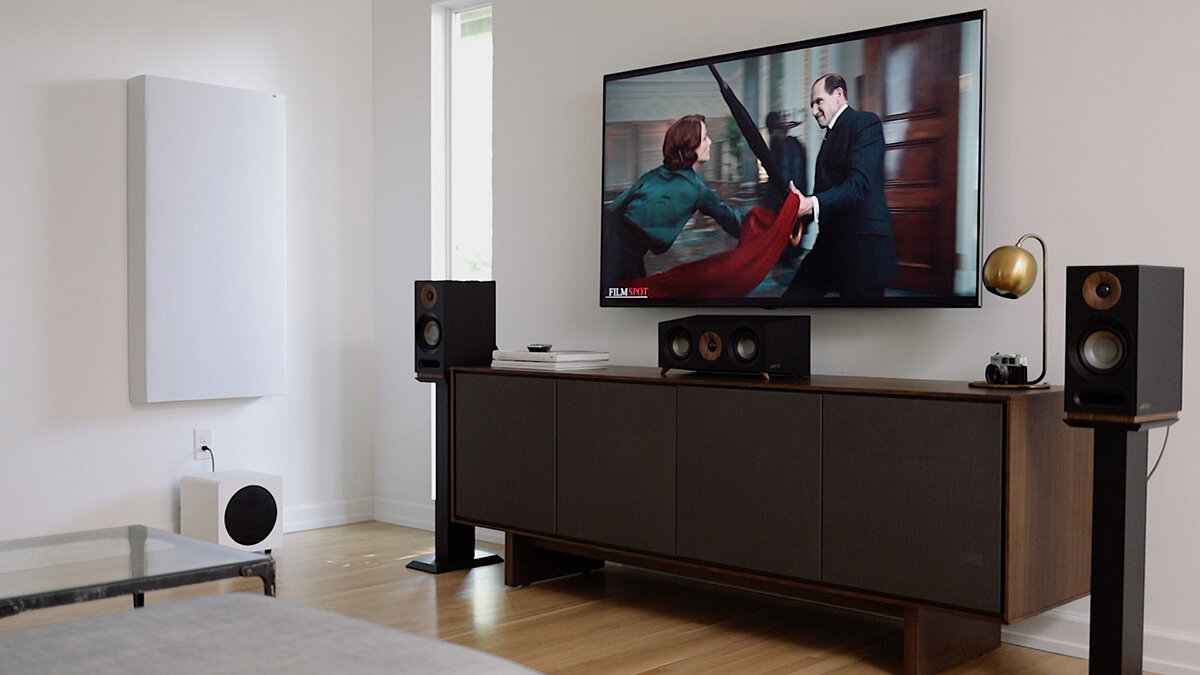
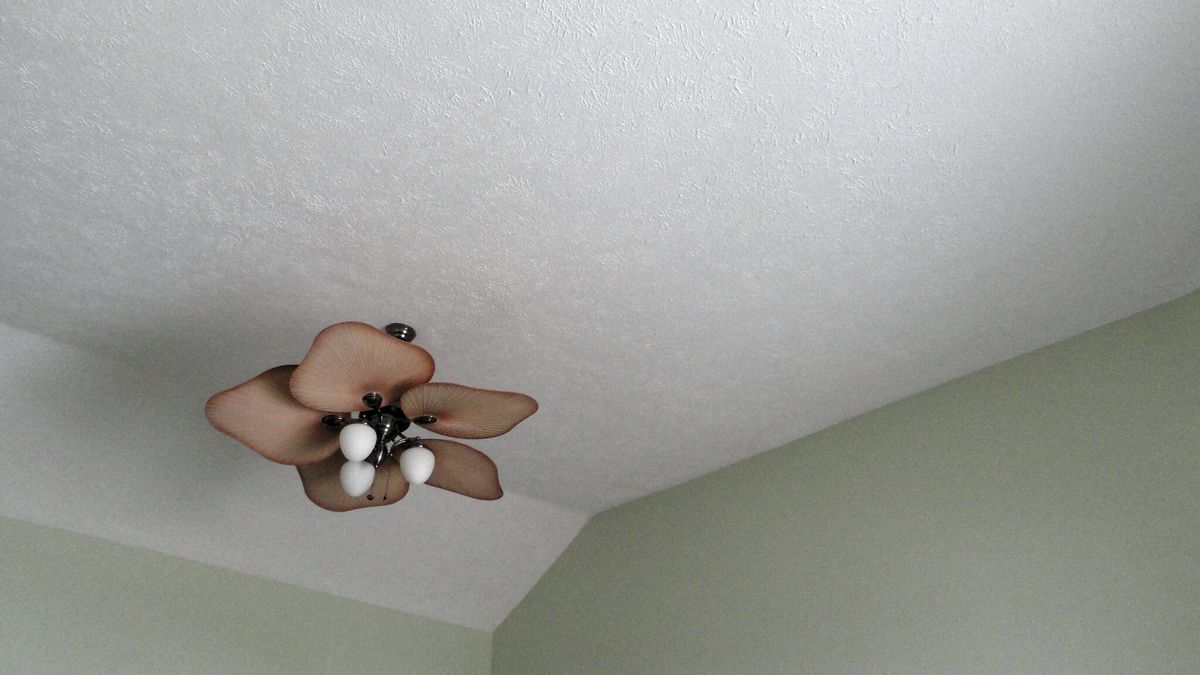
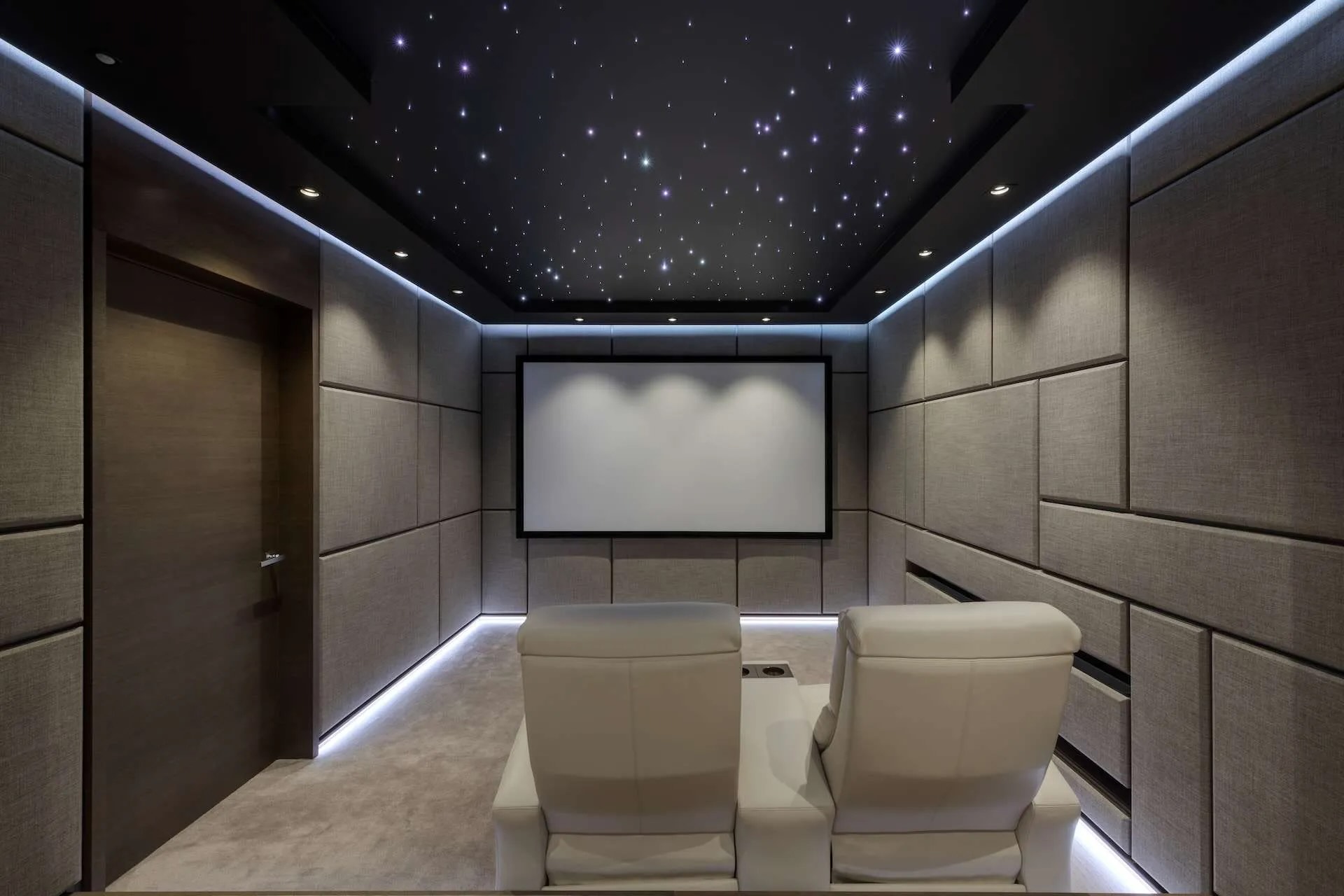

0 thoughts on “Home Theater Acoustics Improvement with Sound Absorption Techniques”